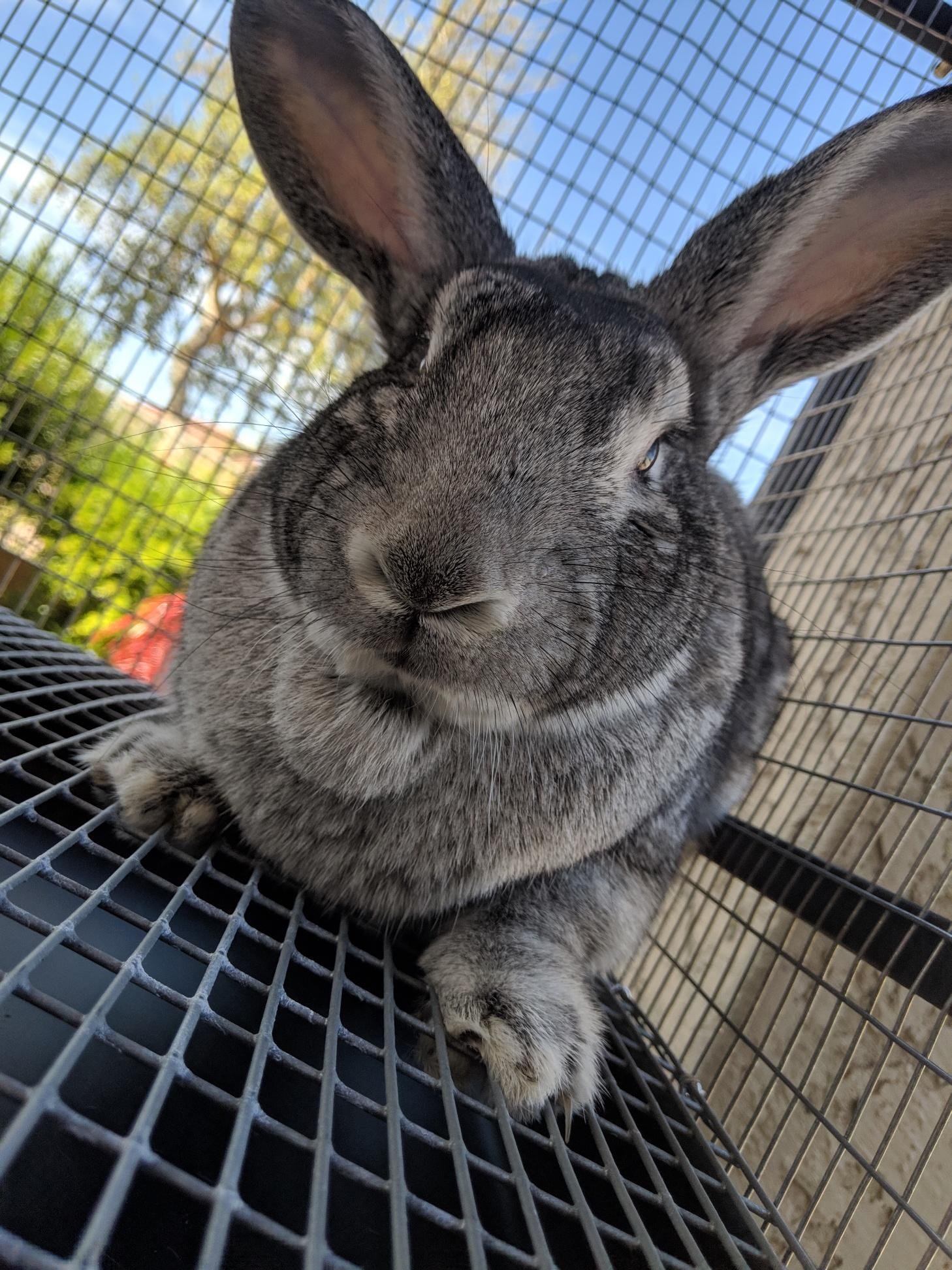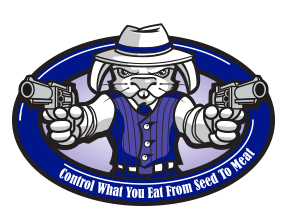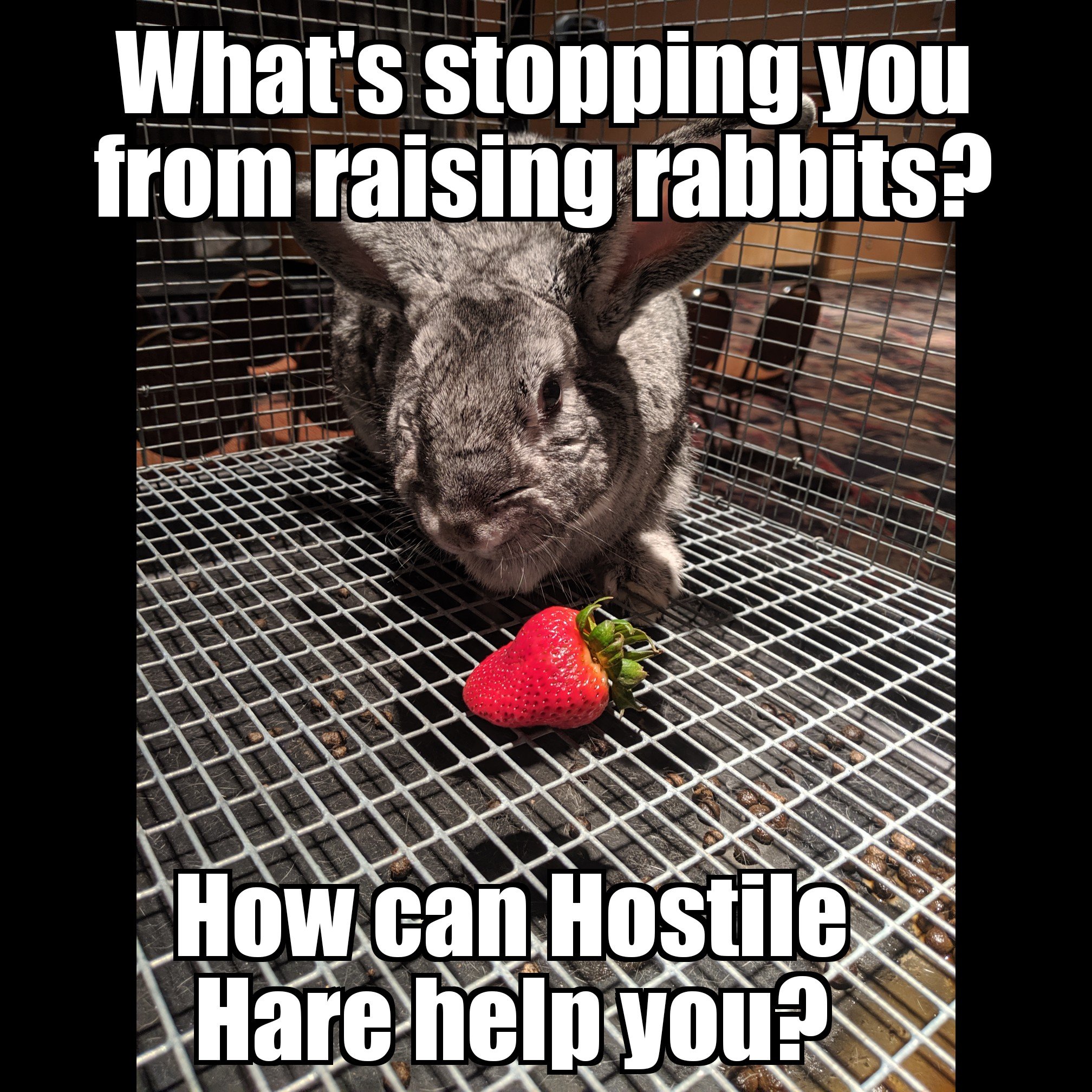Bunnies on the Balcony: Urban Meat Rabbit Farming
Spacial solutions
“Space… the final frontier…” Well, kinda… A more fitting intro for this piece on urban meat farming would be, “Space, the lack thereof is a CONSTANT challenge…” (still spoken in Leonard Nimoy’s voice, of course). At least, that’s what it feels like when you’re not blessed with acreage and still want to grow some healthy food. The answer: Urban Meat Rabbit Farming.

As an urban farmer, I have seen the supermarket nutritional blunders and have made the decision to take control of my food supply. Easier said than done though. I lived on a postage stamp in the middle of an HOA where chickens are outlawed, and the property management company defines “domesticated animals” as cats and dogs only. So, livestock was out of the question… or, so I thought. The HOA overlords let slip that rabbits were allowed. And so began my Bunnies on the Balcony experiment, and down the rabbit hole of urban meat rabbit farming I went.
You eat rabbits?
Now, before you gasp and huff that bunnies are too cute with their widdle fuzzy feets and pink widdle twitchy noses and your, “how could you eat such adorable animals” routine, know this; cattle, swine, chickens, sheep, and every other meat on the PLANET were cute at one point in their life. It just so happens that rabbit is a super sustainable meat source, more efficient than cattle, pigs and even chicken… also, it was my only option. I speak more about their efficiency in Why Rabbits.
A little background info on me: I was raised on a farm in southwest Wisconsin. My grandpa owned dairy cattle and my dad owns beef, Black Angus to be specific. You could say animal husbandry is in my blood, but as we’ve covered, Holsteins and Angus weren’t an HOA friendly option. As delicious and nutritious as garden-fresh veggies are, I was not meant to survive on plant life alone… I need MEAT!! Enough about the “why” and the justification, let’s talk about the “how!”
Now that you are completely on board with raising meat rabbits, let’s talk about how to get started. First, you must decide how much time, effort, money, and space you have and are willing to invest in this urban meat rabbit farming project. I have written this Calculation Guide to help you decide how many rabbits you will need and how often you’ll need to breed them to reach your meat production goals. A good start is one breeding doe per member of the household, and one buck per 8 does. I do recommend a 2 buck minimum though, it's better to have a back up than not.
Housing
Once you have an idea of how many breeders you need, you can start looking at housing. I recommend 2-foot by 3-foot cages, 15 inches tall minimum, one cage per breeding adult rabbit, and about half as many for grow out bunnies. These cages are perfect for meat rabbits. There are some systems that stack up, increasing your space efficiency dramatically, housing much more than a single level of cages. One rabbit raiser I know dedicated a room in his apartment to raising rabbits to feed to his pets. He runs two 6 compartment cage systems with 6 breeding does, 2 bucks and an average of 60 babies on hand at any given time. That’s a monthly average of 150 pounds of live rabbits. Now, I must be frank here, I do NOT recommend keeping rabbits in your living quarters. The back porch is fine!
Temperature
On my back porch, in the Phoenix Valley of Arizona, heat is an issue. Well, raising ANYTHING in the desert is a challenge. Here are some tips and tricks I learned raising Arizona Meat Rabbits. In short, keep the rabbits under 90 degrees to survive, to keep them breeding they need to be under 80. This is easily accomplished with misters and fans.
Feeding the rabbits
Let’s talk about food for your food. After the initial startup investment costs of housing(cages) and breeding stock, the only real on-going expense is rabbit food. You have some options on what to feed the bunnies. There are many different brands of store-bought pellets. You will want pellets that are high in fiber, 16-18% protein, 1.5-3.3% fat and have a good “snap” when you break them apart. I dive into some more details on commercial pellets in Rabbit Feed Considerations.
Fodder is another option or additive to your feed plan. Fodder is basically barley, wheat, Black Oil Sunflower Seeds (BOSS) or the like that has been sprouted for 7-14 days in a hydroponic system. The grass is much more digestible than seeds/grain and saves you money compared to commercially available pellets. I have some FAQs on fodder that you can find here. The rabbits seem to enjoy it a great deal more than the pellets.
Time to start
I feel that this is a sufficient peek down the “rabbit hole,” it’s up to you how far you pursue the bunnies on the balcony project. There are terabytes of data out there written on cuniculture (raising rabbits for food and fiber), I have barely scratched the surface here. In my experience, though, this info and the links supplied at least give you the right steps to take to start. And who knows, you might eventually consider making some money in the Bunny Business…



